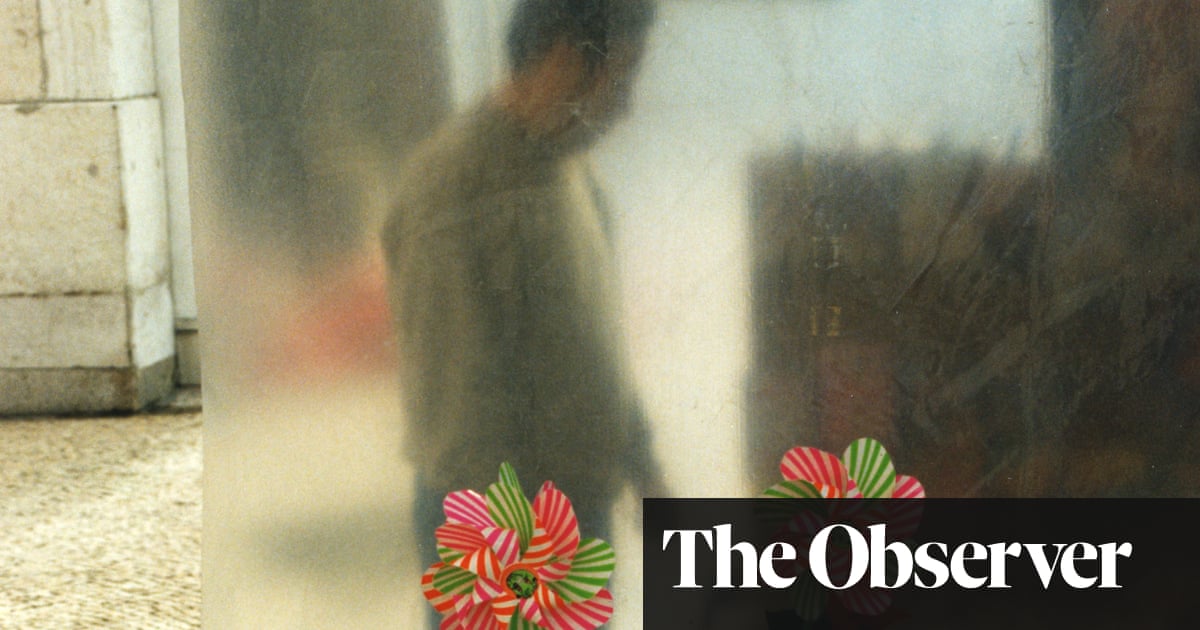
From the moment her father took his Leica camera from around his neck and gave it to Dorothy Bohm as she boarded a train out of Nazi-occupied Lithuania in June 1939, she seemed fated to her vocation. Bohm – then Dorothea Israelit – was 14 at the time and the journey took her to England as a refugee; she lodged with a family in Hassocks in the heart of the Sussex countryside. She did not see her parents – eventually sent by Russian forces, separately, to detention camps in Siberia – for another 20 years. The separation, she later said, gave her a profound sense of impermanence; the Leica felt like one antidote to that: “The photograph fulfils my deep need to stop things from disappearing,” she wrote. “It makes transience less painful.”
Over her long life – Bohm died last year aged 98 – that need never left her. This picture, taken in Lisbon in 1996, is included in a small exhibition and a wonderful retrospective book of the photographer’s work, Dorothy Bohm at 100, in which notable friends and fellow photographers pay tribute to her pioneering influence. Her career began when she set up a portrait studio in Manchester in 1946, but she subsequently travelled extensively with her camera across Europe and beyond, before settling in London, where she was a prime mover in creating the Photographers’ Gallery in 1971.
She had a consistent eye for the uncanny and the absurd. This image, with its foregrounding of the toy flower spinners, and the newspaper seller keeping his stock dry behind plastic sheeting, was not unusual in keeping the viewer guessing for a moment. Bohm was always aware that the surfaces of the world did not tell the full story. “Sometimes I want a picture to ask why,” she said, “and not to be too easily deciphered and decoded, because our lives are often like that.”
Dorothy Bohm at 100 is published by Beam Editions on 20 June (£35). A print sale exhibition of her work is at the Photographers’ Gallery, London W1 until 23 June












